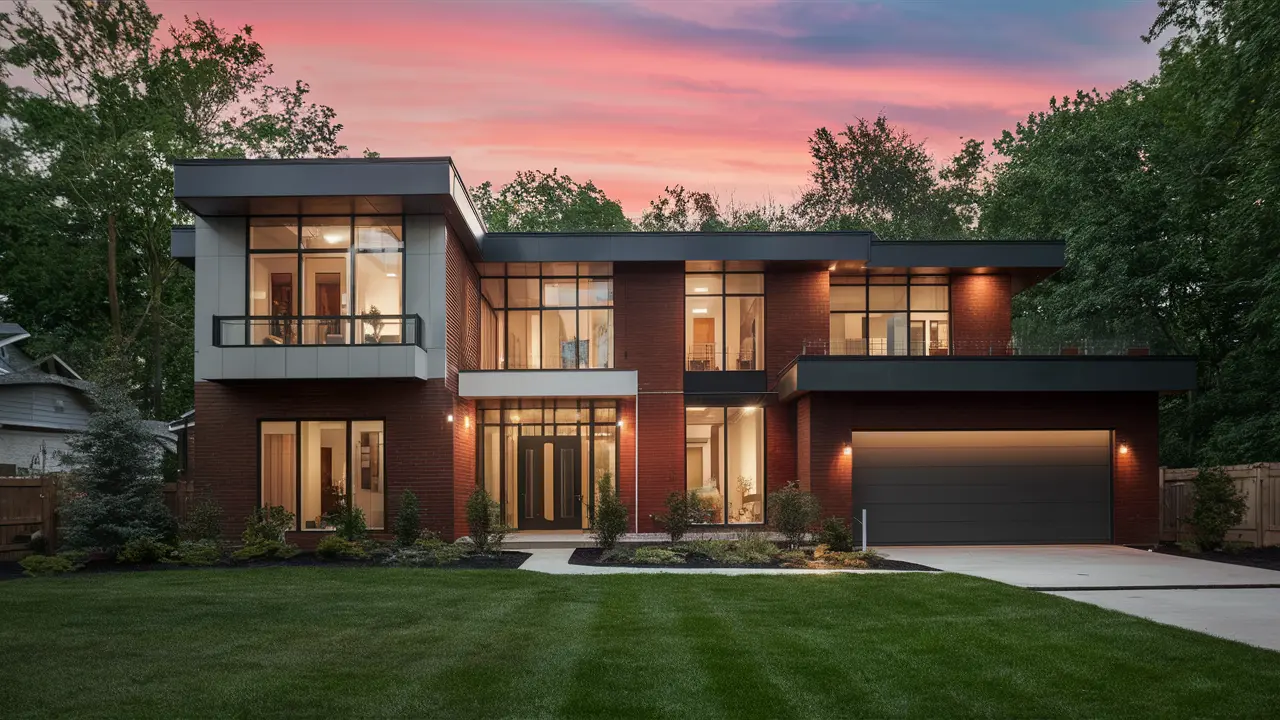Looking ahead to 2024, several key trends are shaping the future of residential architecture, driven by advancements in technology, evolving lifestyles, and a growing emphasis on sustainability and well-being. Here are some trends to watch:
- Smart Homes and IoT Integration:
- IoT Devices: Increased integration of Internet of Things (IoT) devices for home automation, allowing residents to control lighting, heating, security, and appliances remotely.
- Energy Efficiency: Smart sensors and meters to monitor energy usage in real-time, optimizing energy efficiency and reducing utility costs.
- Flexible and Multifunctional Spaces:
- Adaptable Design: Homes designed with flexible layouts that can easily be reconfigured to accommodate changing needs, such as remote workspaces, fitness areas, or entertainment zones.
- Modularity: Modular and prefabricated construction techniques to enable quick customization and expansion of living spaces.
- Sustainable Design Practices:
- Green Building Certifications: Increased adoption of green building standards like LEED and Passive House, emphasizing energy efficiency, renewable materials, and reduced environmental impact.
- Net-Zero Energy Homes: Growing interest in homes that produce as much energy as they consume, integrating renewable energy sources like solar panels and geothermal heating.
- Biophilic Design:
- Integration of Nature: Incorporating natural elements such as indoor plants, living walls, and natural materials to enhance well-being, reduce stress, and improve indoor air quality.
- Outdoor Living Spaces: Emphasis on connecting indoor spaces with outdoor areas like gardens, terraces, and balconies to promote relaxation and outdoor living.
- Health and Wellness Features:
- Healthy Materials: Use of non-toxic, low-VOC materials and finishes to improve indoor air quality and support overall health.
- Wellness Rooms: Dedicated spaces for meditation, yoga, or wellness activities within the home to promote mental and physical well-being.
- Tech-Integrated Design:
- Virtual Reality (VR) and Augmented Reality (AR): Adoption of VR/AR technologies for virtual home tours, interactive design consultations, and visualization of design concepts before construction.
- 3D Printing: Exploration of 3D printing for customized architectural elements and even entire homes, offering faster construction times and reduced material waste.
- Resilient and Disaster-Resistant Design:
- Climate Adaptation: Designing homes to withstand extreme weather events, such as hurricanes, floods, and wildfires, through resilient building materials and structural reinforcements.
- Passive Survivability: Integration of passive design strategies to maintain livable conditions during power outages or other disruptions.
- Aging-in-Place and Universal Design:
- Accessibility: Incorporating universal design principles to create barrier-free environments that accommodate residents of all ages and abilities.
- Elderly-Friendly Features: Designing homes with features like wider doorways, grab bars, and stepless showers to support aging residents who wish to remain in their homes longer.
These trends reflect a shift towards more sustainable, adaptable, and technologically advanced residential architecture that prioritizes the well-being of occupants and the environment. As these innovations continue to evolve, they are expected to shape the future of how we live and interact with our homes.

